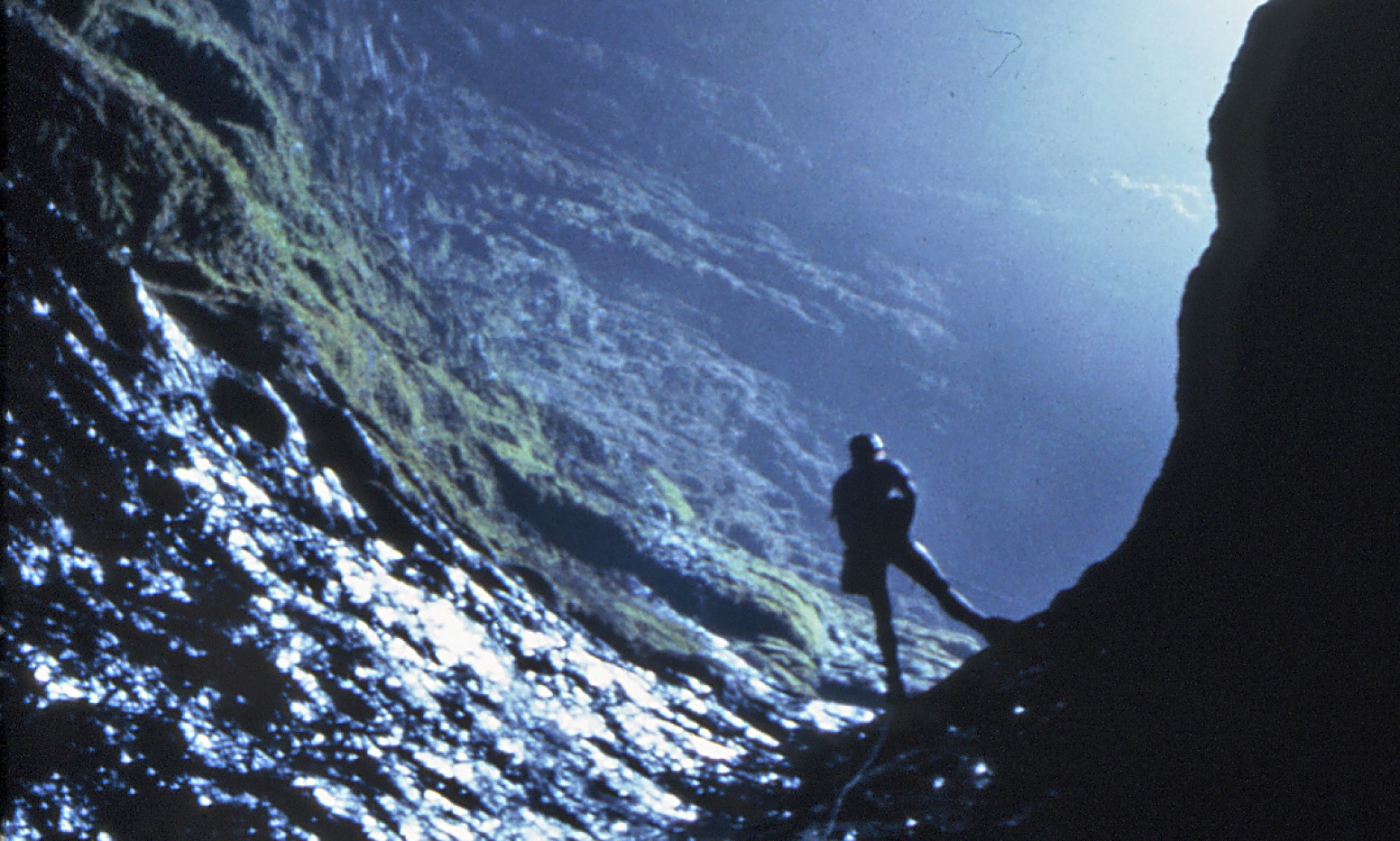Caving: an amazing adventure unlike most (all) others!
Caving has several properties that distinguish it from other outdoor sports such as hiking, mountain climbing, canoeing etc. While it is usually physically demanding, the emphasis is on skill and endurance rather than strength. Body size is not too important – tall people get an advantage in climbing situations, but get penalized in the low cave passages that abound in the Northeast. Neither is it glamorous, you won’t see any ESPN cameras in caves. Not to mention that a caver usually ends up covered with mud. Significant travel is usually required as well – there are few caves East of the Connecticut River, and most of them are small and short.

Caving with an organized group is generally quite safe, but common sense and creativity are required to avoid dangerous situations. While bruises and small cuts are common, major injuries are remarkably rare in organized caving due to a long term emphasis on safety and training. Initial equipment costs are low, but rugged warm clothing is essential for safety in our cold Northeastern caves.
Caving is an intensely social sport. It is easy to become friends with your fellow cavers due to the long travel times and teamwork required for the group to traverse a cave safely. Learning opportunities abound in caving, usually everyone involved learns something significant on every caving trip. Typical lessons include climbing moves, leadership, specific manual skills such as photography, surveying and rope work, safety techniques, new equipment, speleology topics such as geology, hydrology, biology, even civil engineering (rock moving)!
Caving is one of the few kinds of exploration left in the world where a relative novice can make interesting new discoveries. All it takes is noticing something no one has ever noticed before. The simple words “It goes!” are about the best music ever heard by cavers.
Caving is not an expensive sport, the dominant cost is transportation to the caving areas. Basic equipment is a suitable helmet, reliable light sources and heavy duty warm clothing. While there is much equipment available for specialized cave applications, the beginner can acquire this gradually, as his skill improves.
Although it is possible to see unusual, even amazing, formations such as stalactites, rimstone, gypsum flowers, helictites and large “borehole” passages, caves with easy access to such “speleothems” tend to be commercialized already. So it is usual to find that overcoming at least one (and often all) of four main obstacles are required to access such wonders in wild caves: significant travel, tight squeezes, vertical pits, and immersion in cold water. Some of us find that overcoming such obstacles is rewarding in itself, regardless of the potential benefits at the end of the journey – as mountain climbing has often been described. Overcoming each type of obstacle demands a different set of skills and strengths, and builds character in its own way. So if want to see pretty formations and large passages, without significant effort, feel free to visit the fine commercial and Park Service caves of America and the world. But if you want to challenge yourself in new and different ways, and see what the inside of the earth looks like, lit only by your own headlamp, then come caving with the Boston Grotto!
A note on terminology:
The term spelunking was once used to describe the activity that we now call caving. The general public still often uses this term, which was coined and made common in the mid 20th century. Nowadays, among cavers, spelunking generally denotes cave related activities by untrained or ill equipped individuals or groups.
The MIT Caving Club also maintains a good web page devoted to novice caving information.
